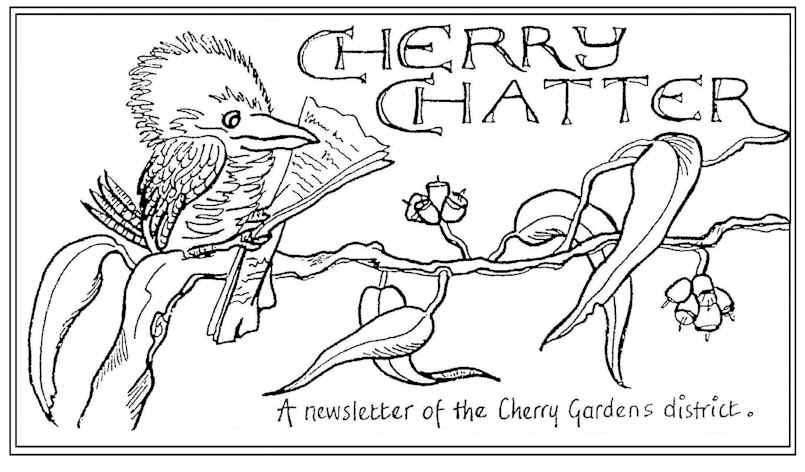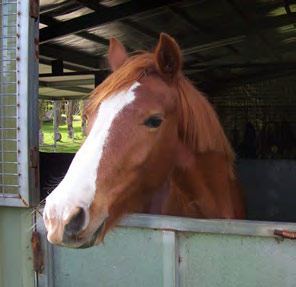Over the stable door
Greetings Fellow Equines and Horse Owners!
Last month we looked at the welfare of our horse in regard to dentition. As I have said before, the horse cannot speak for himself, but there are many ways in which he can show that he is not ‘happy’.
Not Happy
Being not ‘happy’ generally means that the horse is in discomfort of some kind. Some of the most obvious ways can include bucking, being difficult to bridle, going crooked, tail swishing, ears back, mouth opening, unsteady head carriage, reluctance to go forward, rushing, spookiness etc. A change in behaviour can also be an indicator and this could be general behaviour in the paddock, at the hitching rail, in hand, whilst being saddled or under saddle. A horse in good health and with no other physical issues should appear interested in his surroundings without being jumpy, soft and attentive ears which move in a relaxed manner. He should be well covered (with just a ‘shadow’ of ribs visible), coat should be soft and shiny, gums pale pink, skin soft and supple, eyes and nostrils clear and without yellow/green discharge and his breath should not stink!
Horses do like to have a favourite loafing area and will stand in that spot for some time during the day, but if when you enter the paddock and he shows no interest in you and has a bit of a hang dog look, then this is definitely cause for concern. Research has recently shown that there are facial signs that tell us when the horse is in discomfort/tension/pain. What will help the owner here is to absolutely know your horse and what is normal for him.
A relaxed horse will generally have a nice open and ‘soft’ eye. Under pain/tension, the eye will be slightly smaller with maybe some small creases visible. The corners of the mouth may also have extra wrinkles, nostrils may be pinched. These points will also be visible under saddle and will also include mouth opening – this could be just a tooth problem, or hard insensitive hands, badly fitting or too tight gear or a dirty bit.
Making sure that the saddle fits correctly is so important as a badly fitting saddle can result in your horse having a very sore back, or even being out of action for quite some time. Remember too that the saddle has to fit both of you, so a 16” saddle will not be appropriate for most adults and a child will not be as secure in a larger size. Getting your horse properly fitted is highly recommended and could save money and discomfort in the long run. Also do ensure that the saddle cloth is kept clean and free of sweat and fur. Keeping at least one or two spares is a good idea. These days most saddle cloths come shaped to the horses’ back with tabs to attach to parts of the saddle. These tabs actually play an important part in keeping the edges of the saddle off the horses’ wither if fitted correctly. When saddling up check that 4 fingers can be passed vertically between the gullet of the saddle and the wither. After an hour or more in the saddle, this often slips down and can become very tight and hard. This causes a nasty pressure point which can result in your horse showing resistance under saddle.
A horse owner naturally wants to have a relaxed and enjoyable ride, so by taking some extra care in regard to his welfare this will certainly enhance the probability of a relaxing time together! An interesting analogy is to compare the fitting of the gear to the fit of a pair of shoes. When they don’t fit it can become absolute agony and not something anyone would willingly put up with.
Apologies for waffling, I have got somewhat side-tracked! More on gear and comfort next month!
Comfortable riding and enjoy the spring
Hamish

